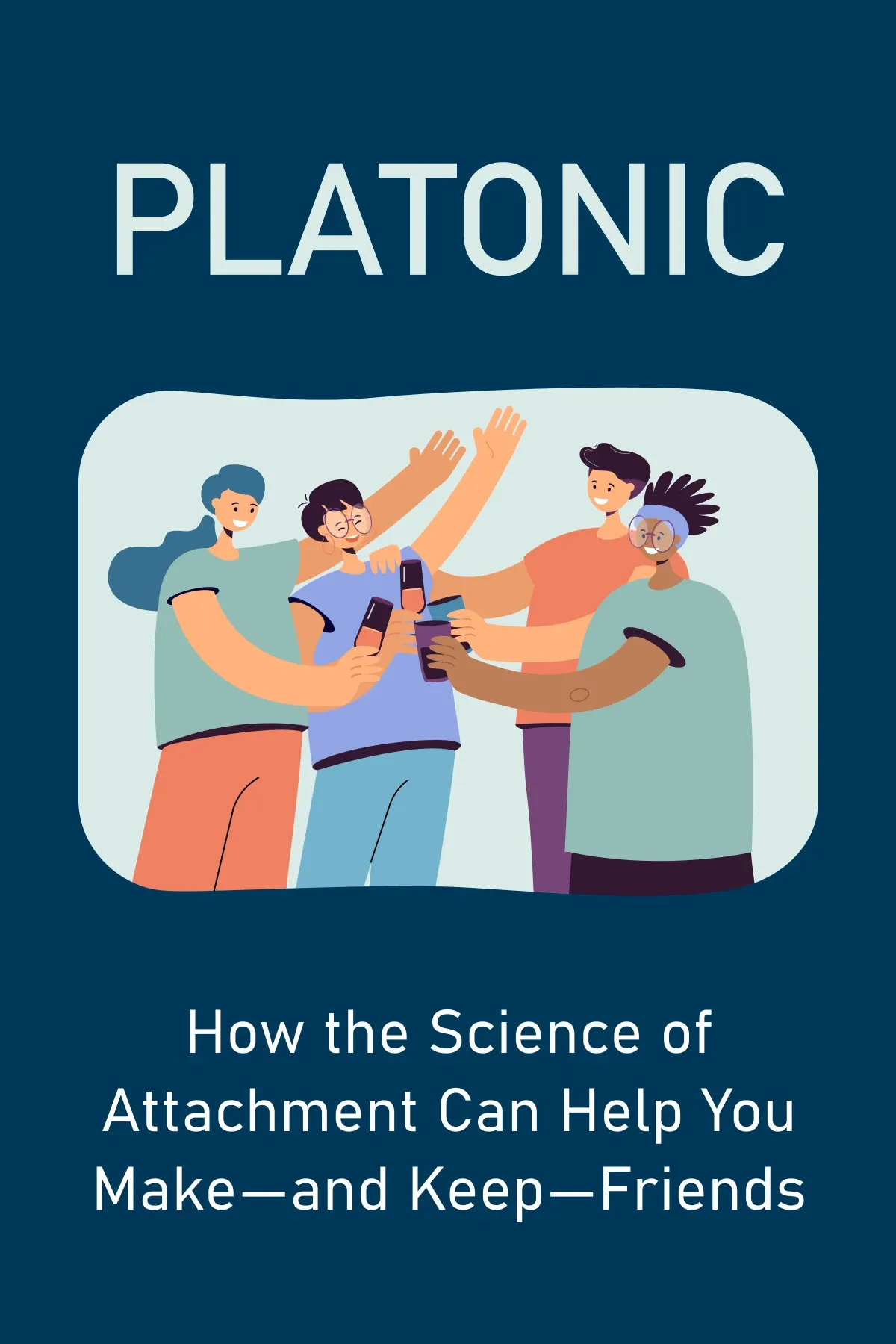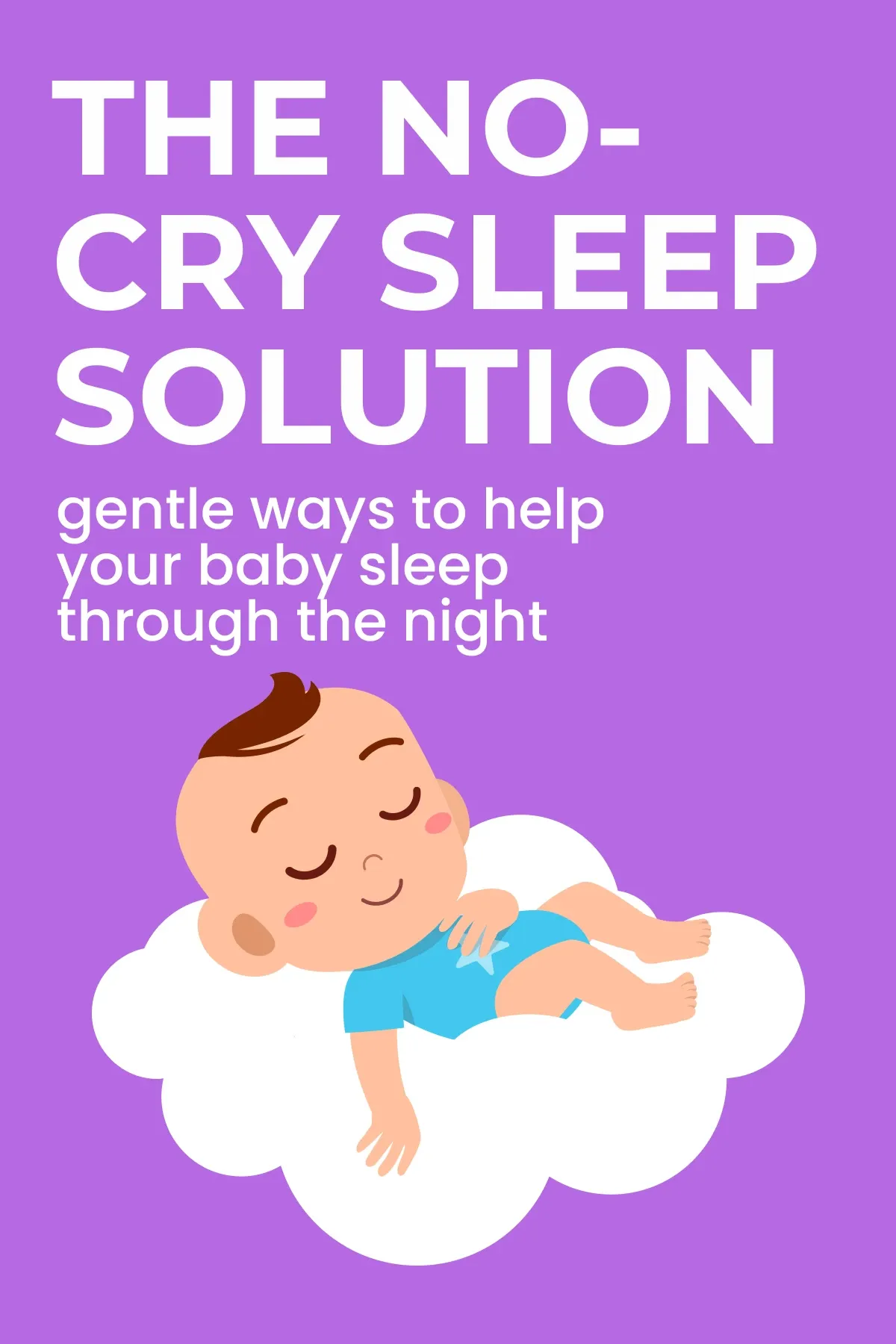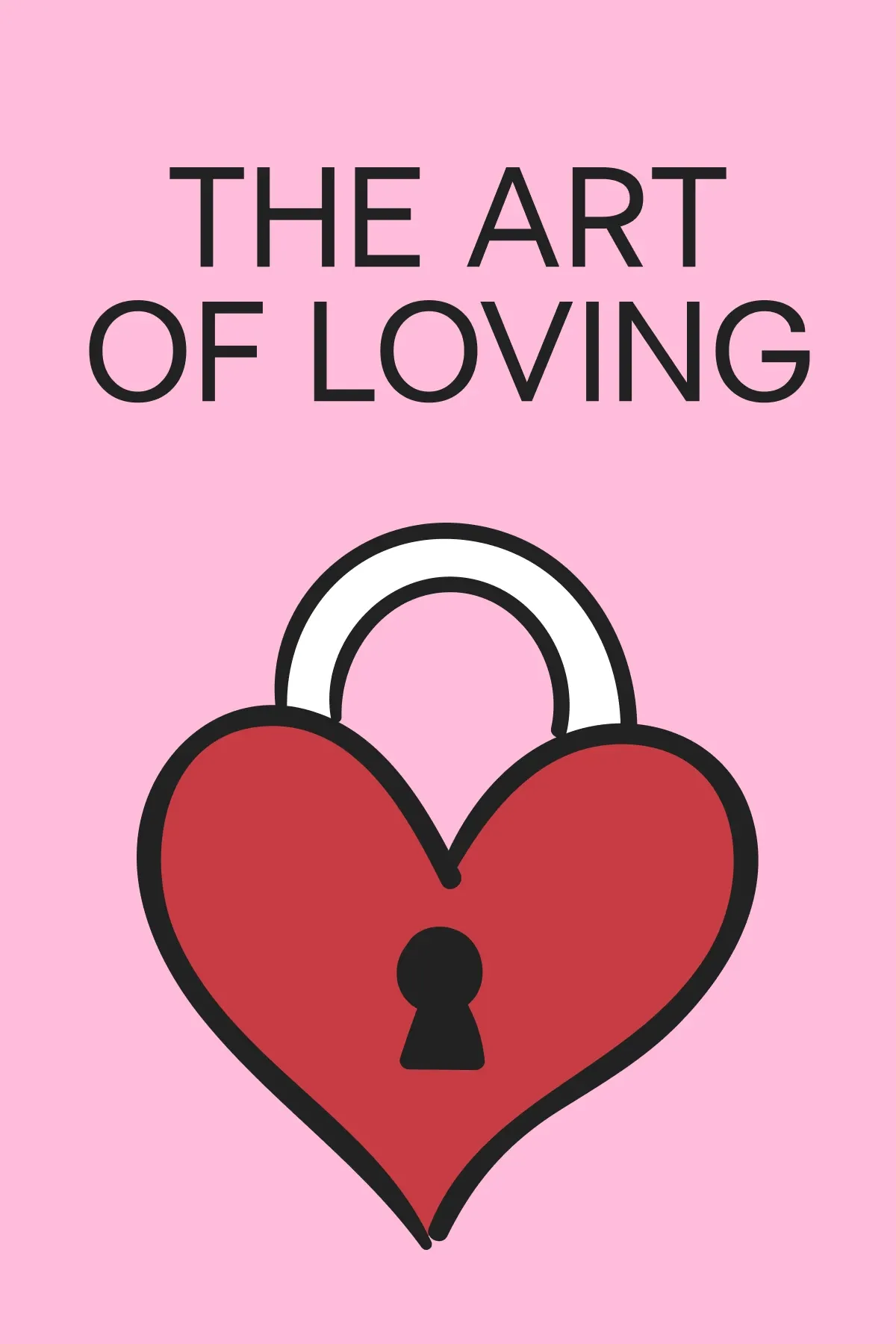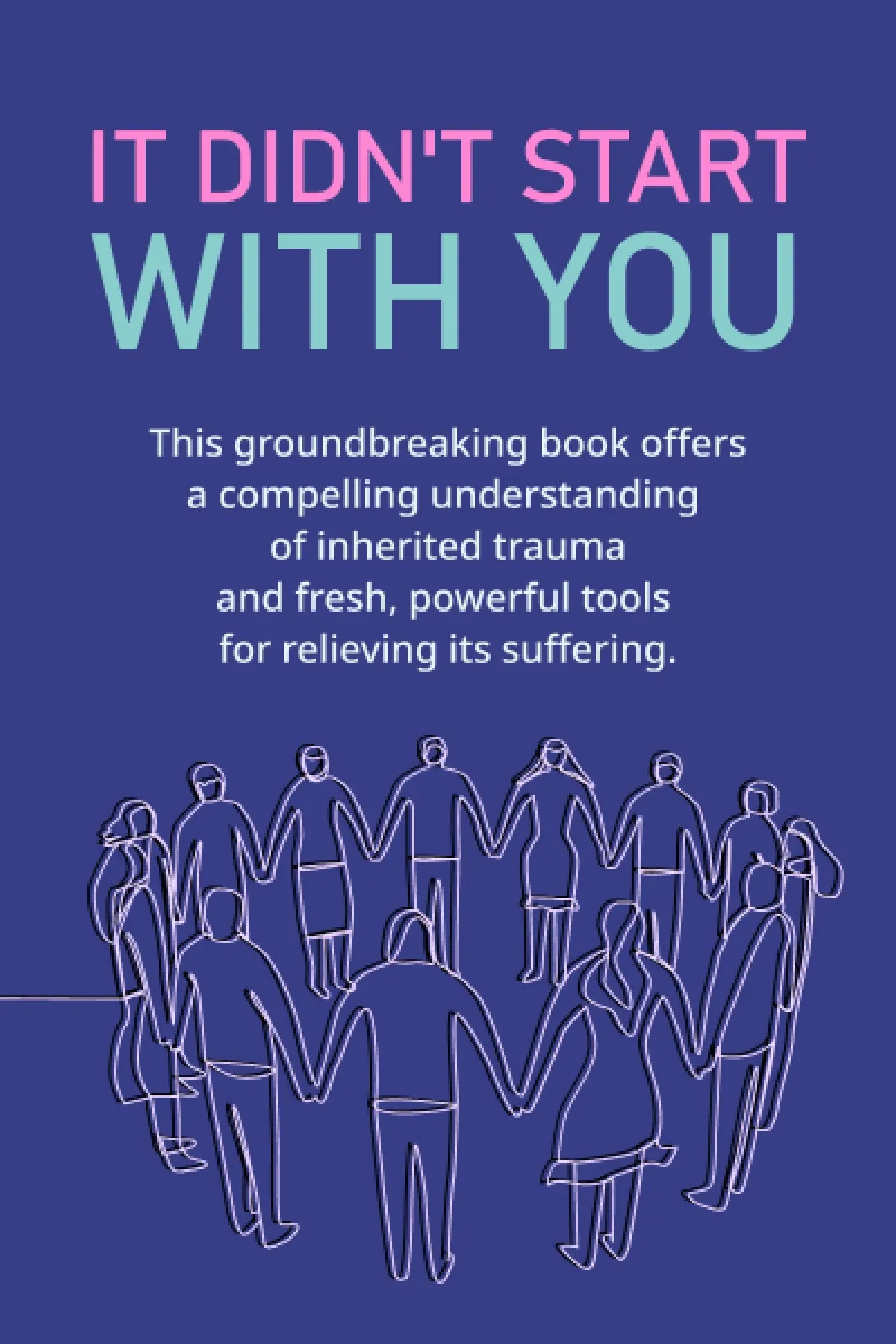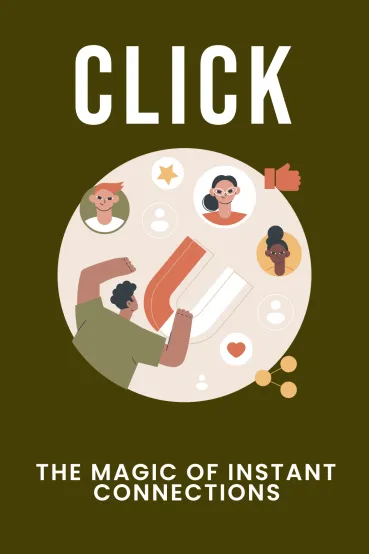
Click
Brief Summary
“Click” delves into the underlying rhythms that draw us close, creating meaningful relationships. The book explores the essence of our deepest bonds. Through a blend of research and compelling examples, it sheds light on the ways our relationships click, transforming mere interactions into memorable connections.
Key points
Key idea 1 of 9
Imagine you're at a soccer game, and someone next to you cheers for the same underdog team you support. A conversation sparks, and suddenly, you're discussing strategies, past games, and favorite players. It feels less like a conversation with a stranger and more like a chat with an old friend. This phenomenon is known as *clicking*.
So, what is happening in our brains during these moments? In a recent study, neuroscientists observed participants interacting with others in controlled settings. Their goal was to see how the brain reacts when two people instantly connect compared to the usual time required to build a connection.
Participants entered a room and had specific discussion topics. As conversations progressed, certain pairs seemed to bond immediately. These were lively, involved, and reactive. Meanwhile, others had more standard, slower-paced interactions. Neuroscientists used brain scans to observe the participants' brain activity.
In those who clicked, there was a notable surge of activity in areas linked to pleasure and reward. This was not the case for those with more standard interactions. Consider the feeling of biting into a chocolate bar after an exhausting day. Or how satisfying it is when a puzzle piece slots into place perfectly. That's the kind of brain activity observed in those who clicked. It's an organic reaction, not influenced by external factors like drugs or other stimuli.
The study findings were interesting. Brain reactions weren’t like those for deep or romantic connections. Participants had similar brain activity when bonding over mutual hobbies. For example, reading the same book or liking the same music. Moreover, participants who felt a connection described their interactions with words like “easy,” “natural,” and “familiar.” This indicates that while “clicking” feels unique, it's often seen as a regular occurrence.
This study shines a light on the potential within every interaction. Every conversation offers a chance for an immediate bond. We frequently find similarities where we least expect them to be.
You may also like these summaries


